In the fast-paced world of cryptocurrency, there’s more than one way to make money.
Some people live for the thrill of daily price swings, buying and selling coins within hours. Others prefer a calmer approach, buying strong projects and holding them for years, believing in their long-term potential.
These two strategies — day trading and long-term holding (HODLing) — appeal to different types of investors. But which one is right for you?
Let’s break them down.
What Is Day Trading?
Day trading in crypto means buying and selling digital assets within a short timeframe — usually hours or minutes — aiming to profit from market volatility.
Common traits:
Frequent trades (sometimes dozens per day)
Heavy reliance on charts and technical analysis
Short-term profit goals
What Is Long-Term Holding?
Long-term holding (HODLing) means buying and keeping your crypto assets for months or years, regardless of short-term price swings. It’s a belief-driven approach rooted in the long-term adoption of blockchain technology.
Side-by-Side Comparison
Factor Day Trading Long-Term Holding
Time Commitment High (daily monitoring) Low (set and forget)
Skill Level Advanced Beginner-friendly
Emotional Stress High (constant price action) Low to medium
Risk Level High (due to leverage and fast decisions) Moderate (depends on coin choice)
Potential Gains Fast, short-term profits Bigger gains over time
Tools Needed Charts, indicators, exchange access Wallet, research, news tracking
Tax Complexity High (frequent transactions) Low (fewer taxable events)
Pros & Cons of Day Trading
Pros:
Quick profits if done right
Opportunity to benefit from both bull and bear markets
Constant excitement and learning
Cons:
Highly stressful and time-consuming
Risk of big losses, especially with leverage
Requires advanced technical analysis skills
Transaction fees can eat into profits
Pros & Cons of Long-Term Holding
Pros:
Less stressful, easier to manage
Ideal for passive investors
Avoids emotional trading during market dips
Historical success with BTC, ETH, and top altcoins
Cons:
Vulnerable to long-term downtrends or crashes
Missed opportunities to sell high and rebuy low
Requires patience and strong belief in projects
Which One Should You Choose?
Ask yourself these questions:
1. How much time can you commit?
A full-time trader needs to monitor markets daily.
A long-term holder can “buy and check occasionally.”
2. Are you comfortable with risk?
Day traders face fast-moving losses.
HODLers may watch assets dip 80% — but wait years for a rebound.
3. Do you enjoy charts and strategies?
If yes, try swing/day trading.
If no, stick with long-term positions and portfolio building.
4. Do you need cash flow?
Traders can potentially generate daily income.
Holders profit only when they sell or stake.
Tools to Help You Decide
For Day Trading:
TradingView (advanced charting)
Binance / Bybit / KuCoin (quick trades and futures)
CoinGlass (liquidation levels and open interest)
Discord or Twitter communities for signals (with caution)
For Long-Term Holding:
Ledger or Trezor (cold wallets)
CoinMarketCap (fundamentals, news)
Messari (project deep dives)
Glassnode (on-chain metrics for long-term trends)
Can You Do Both?
Absolutely. Many investors use a hybrid strategy:
HODL 70% in solid coins (BTC, ETH, SOL)
Trade 30% for short-term opportunities
Reinvest profits from trades into long-term bags
This way, you gain the best of both worlds — stability and growth.
There’s no one-size-fits-all answer in crypto.
If you have time, skill, and emotional control, day trading can be profitable — but risky.
If you want to build wealth slowly and avoid stress, long-term HODLing might be your best bet.
Whatever path you choose, make sure to:
✅ Do your research
✅ Manage your risk
✅ Set clear goals
✅ Stay consistent
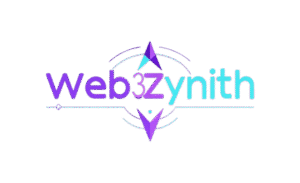


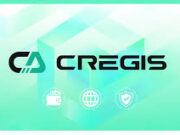











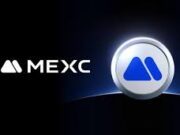

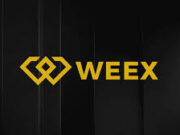





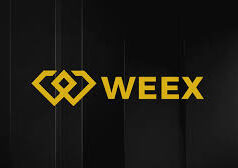
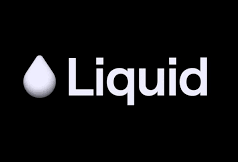



I’m tempted to switch to HODLing after a few bad trades.
The article’s point about needing time and discipline for day trading hit home
I HODL because I can’t handle the stress of day trading.